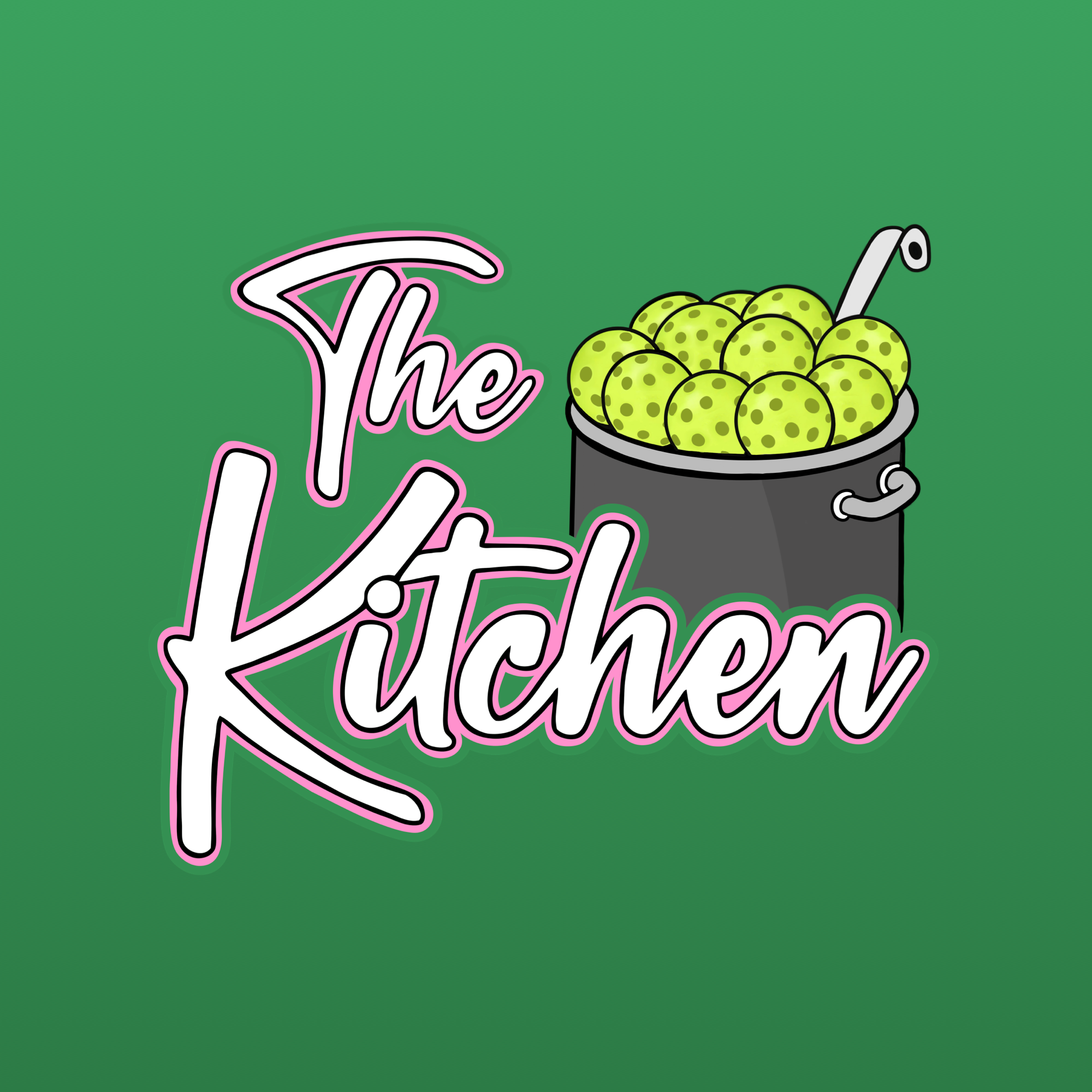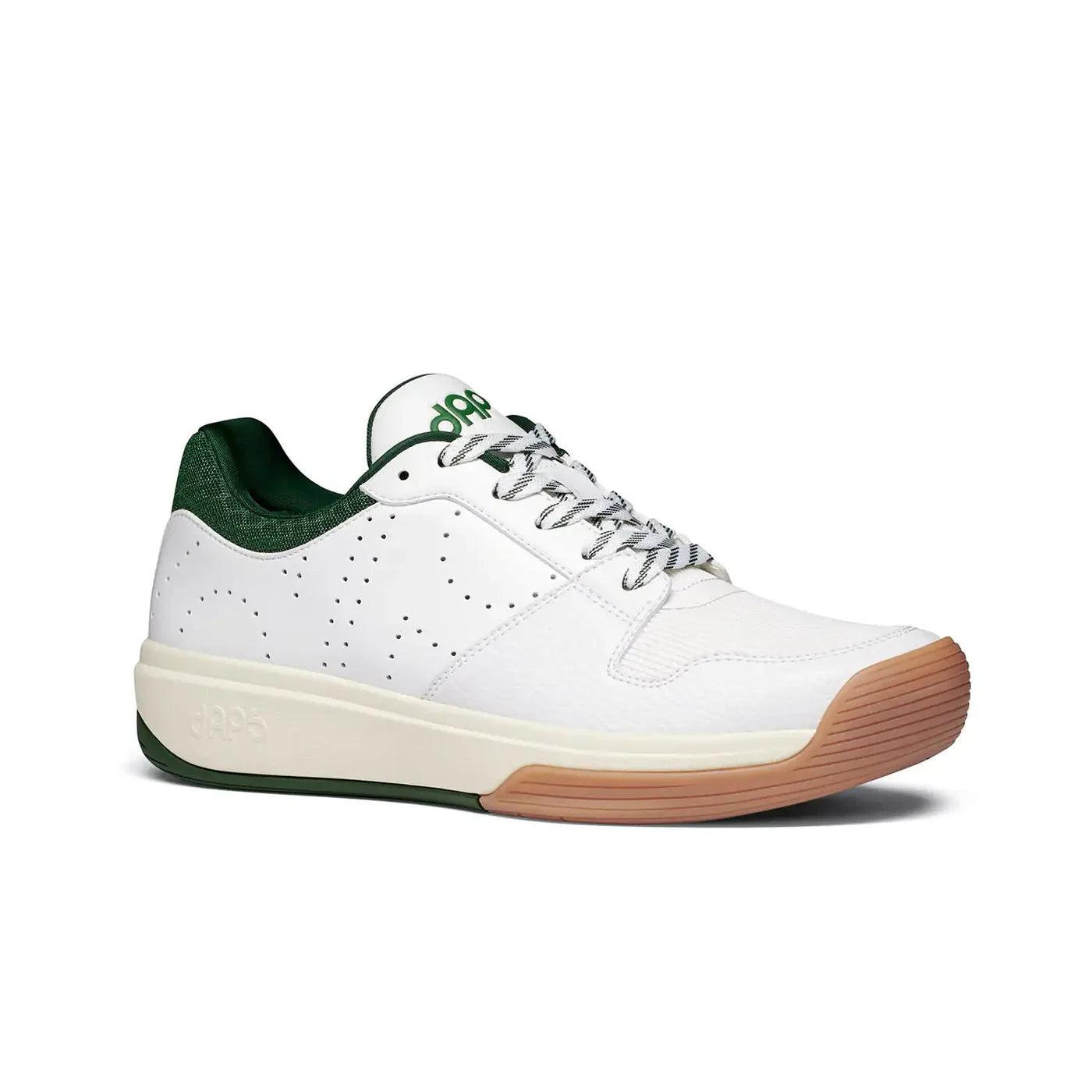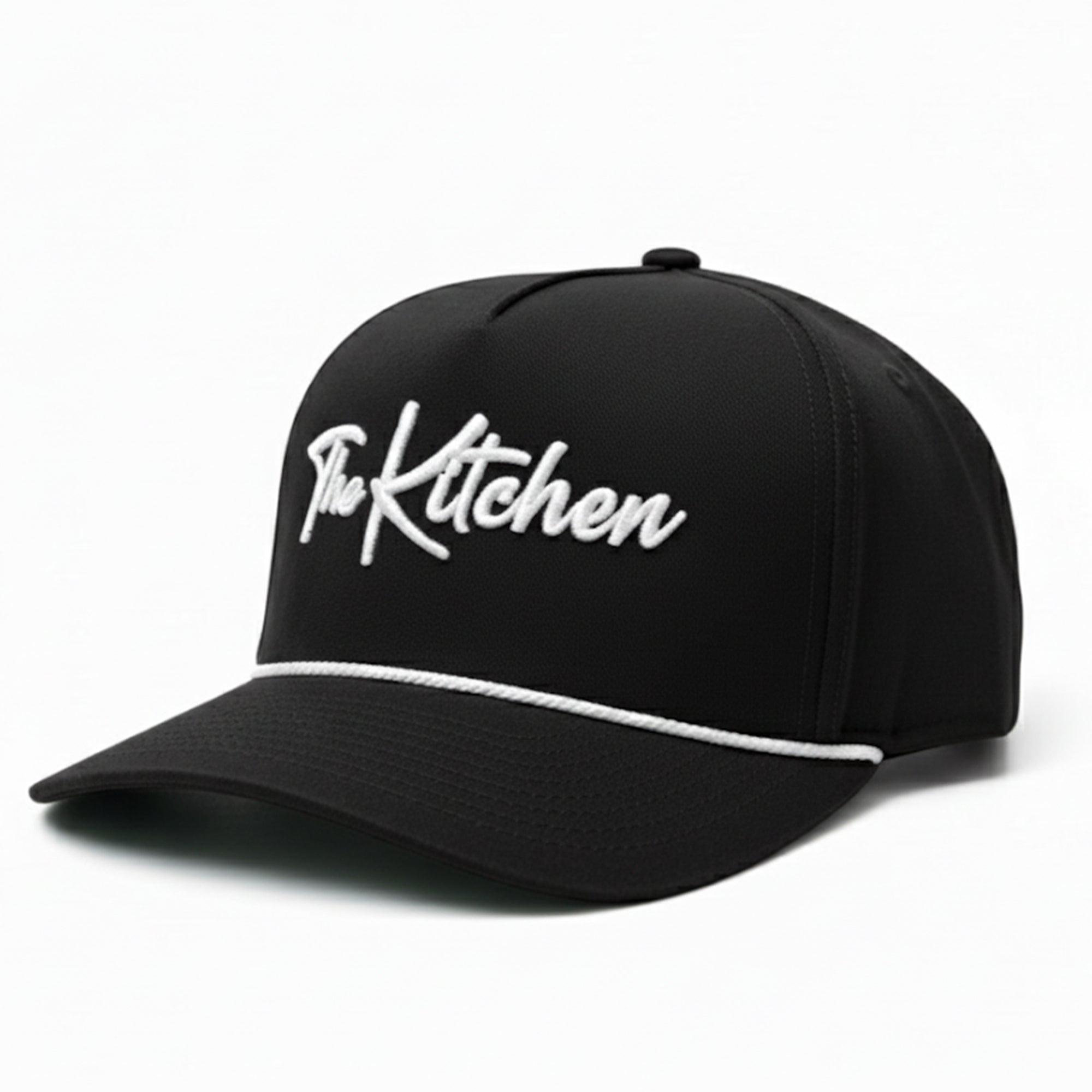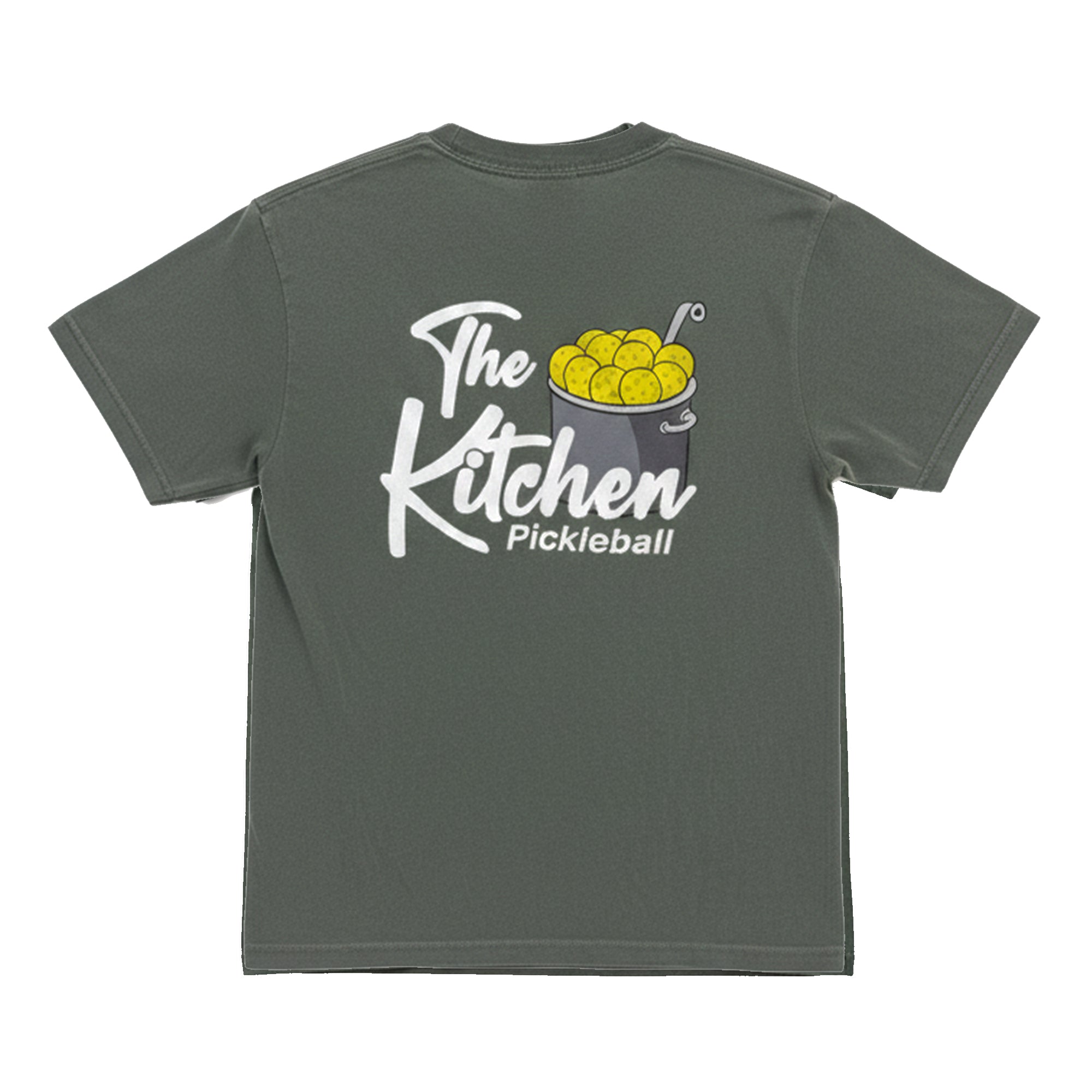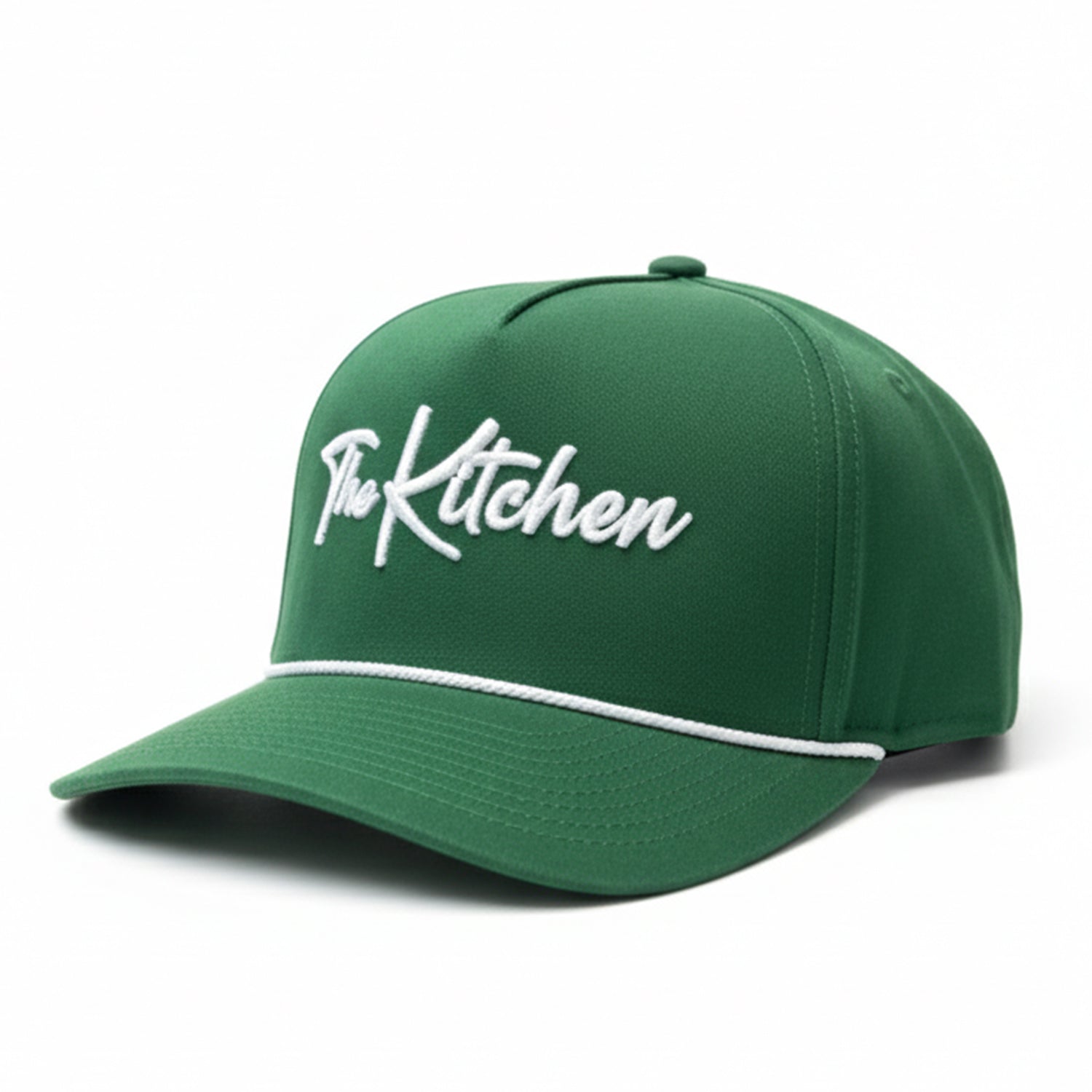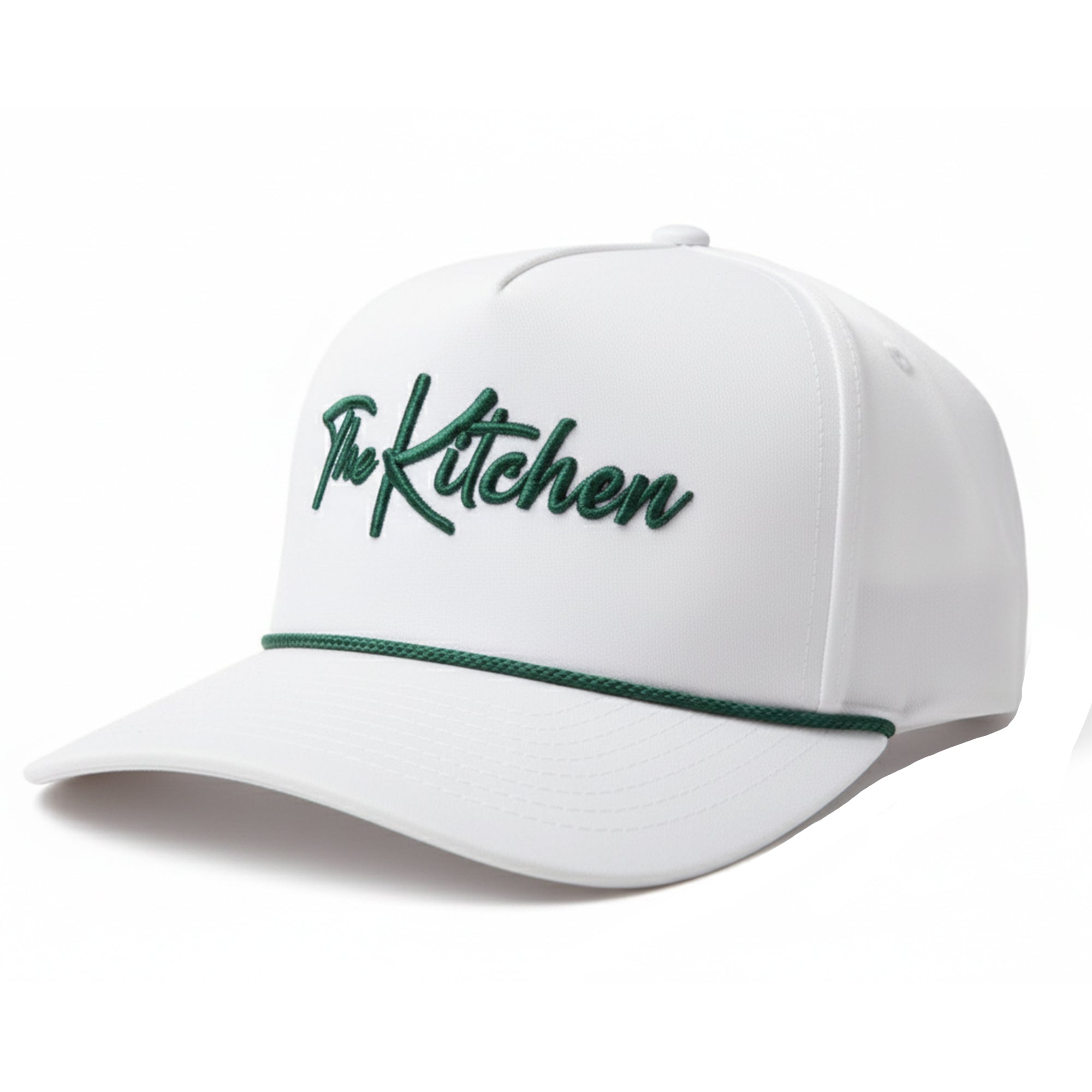How do you stop pickleball noise? Each solution analyzed
Last Edited
Jan 15 2025
Category
News
Pickleball may be the fastest-growing sport in America, but it’s also one of the loudest. Even five years after the sport's major boom, municipalities and communities face backlash against the signature pop of the ball hitting the paddle.
Pickleball noise is a major problem which may ultimately limit the growth of the sport and reduce its popularity, especially where free outdoor courts are limited and players need to play indoors for a fee.
So, how do you stop pickleball noise in a way which benefits both those who are affected by the noise as well as the players?
Several key methods of sound abatement have been proposed and instituted around the world, but not all of them are as financially practical or even effective as their proponents claim.
Understanding the sound of pickleball
At its core, pickleball noise stems from two main sources:
- The paddle and ball connection: The loud “pop” is created when a paddle hits the hard plastic ball.
- Court acoustics: Sound reverberates off hard surfaces like concrete, amplifying the effect.
Phil Hipol, an acoustics engineer with a resume that includes creating the acoustical model for the Space Shuttle and founding Pickleball Science, explains:
“The primary contributor to pickleball noise is the paddle striking the ball. You don’t really hear the ball hitting the ground. To truly address the issue, we need solutions that tackle this interaction.”
The quiet equipment debate

One potentially promising avenue is quieter paddles and balls.
Manufacturers have designed noise-dampening paddles specifically for sensitive areas. However, as Phil notes, there’s a hitch:
“Quiet paddles aren’t effective enough. They may reduce high-frequency noise up close, but the low-frequency thumping persists. And since they’re not USAPA-approved for tournaments, adoption remains limited.”
Critically, pickleball players don't always have a high opinion of these paddles, feeling they sacrifice equipment innovation for the sake of the hush.
"The fundamental problem is that on one hand we are trying to use quiet balls with standard paddles, and they do not feel quite the same as hitting a standard ball with a standard paddle," Phil says.
"The same holds true for using a standard ball with a quiet paddle. The quiet paddles have too much 'bounce' and are therefore restricted by the USAPA."
Anecdotally: we've played against opponents with OWL paddles before, and while the paddles themselves seemed fine, the lack of sound made it difficult to associate the direction a ball was going to go.
Pickleball's sound may be a frustration to some, but to the players, it's a subtle but important signal for ball directionality and spin.
Changing sound for most players would completely change the game, and that might not be for the better.
What works?
A potential breakthrough lies in engineering a paddle-ball combo that mimics traditional gear but reduces noise levels. Until then, here are two practical tools to explore:
Whisper Pads: Removable noise-dampening pads that attach to any paddle, ideal for casual play. These might be good because you are using your same paddle with a standard ball, so the "feel" might be the same. However, the velocity that the ball leaves the paddle will be affected.
Related: The Pickleball(s) of the Future Just Rolled In
Sound Dampening Balls: Companies like Gamma & Accel Sports offer quieter balls that play like regular ones but without the sharp “pop.”
Acoustic barriers: Do they work?

Communities often turn to acoustic fencing and noise barriers as the first line of defense. These barriers can block or absorb sound, but they have limitations:
Mass-Loaded Vinyl (MLV): While effective in blocking noise, MLV barriers don’t handle weather well and can reflect sound back onto the court unless paired with absorbing materials. They also present a problem with durability and if you live in an area with high wind loads, they can destroy the fence that they are attached to.
Natural Landscaping: Surprisingly, dense hedges or trees provide minimal noise reduction despite their visual appeal.
Phil adds: “Sound barriers must be tall enough to stop sound dispersion over the top. Even then, without sound-absorbing layers, courts become echo chambers.”
Related: Pickleball's worst moments: stories of chaos on the court
For communities looking to invest, a combination of acoustic panels and sound-absorbing materials is essential. One standout is EcoBarrier, a durable, weather-resistant solution gaining traction nationwide.
The real fix? Court placement
The most effective way to mitigate noise complaints isn’t reactive—it’s proactive. Proper planning during court construction makes all the difference.
Best practices for pickleball court placement:
- Distance Matters: Courts should be at least 250 feet from residential areas.
- Orient Sound Away: Position courts so noise projects toward non-residential zones.
- Location, Location, Location: Airports, highways, or industrial zones make ideal pickleball hubs.
That 250 feet number is crucial. That distance seems to be the minimum to place a court away from a residence.
According to Phil, there are two phenomena at work in reducing outdoor noise as a function of distance: spreading losses and atmospheric attenuation.
He combined these effects and calculated the amount of attenuation you can obtain as a function of distance. This is what I came up with:
Direct from Pickleball Science: You gain the most benefit in the first 80 meters (which corresponds to about 250 feet), where the so-called "knee" of the curve occurs.
Beyond 80 meters you still get sound attenuation, but you tend to reach a point of diminishing returns. Therefore 250 feet (76 meters) would appear to be an ideal distance, which will give you about 36 dB of sound attenuation.
If the average noise on the court is about 100 dB, then the noise at the residence will be 64 dB. In reality, you will obtain greater than 64 dB of attenuation since I am not accounting for absorption by vegetation.
Studies of road noise have found that this is small, being in the 4-6 dB range. Taking this into account, the noise at the residence will be about 60 dB, which is the sound level of normal conversation, which is quite reasonable.
As Phil puts it, “Good planning upfront saves everyone a lot of headaches later.”
In our view, pickleball has more of a municipal planning problem than a noise problem. Many municipalities meant well when a pandemic boom increased pressure on them to provide residents a place to play.
While well-meaning, that progress came at the expense of the peace of many neighbors. Planners simply do not have an excuse anymore for poorly placing pickleball courts.
Community-centric solutions
When noise complaints arise, engaging the community can lead to creative compromises:
Restrict Play Hours: Limiting play during early mornings or late evenings can ease tensions.
Indoor Courts: Turning pickleball into an indoor sport eliminates noise as an issue altogether.
That latter option can get expensive, though, and reduce the popularity of the sport. If you can only play at certain times, or if you need to travel long distances to play, or if you need to pay dues and facility use fees, some players will lose interest, Phil says.
What’s next?
Phil believes innovation holds the key:
“Imagine a paddle-ball combo engineered to perform identically to current equipment but without the noise. It’s possible—and it would change the game.”
Until then, communities, players, and manufacturers must collaborate on short-term fixes and long-term solutions.
What you can do:
- Advocate for Proper Planning: Push for courts to be built in well-zoned areas.
- Experiment with Quiet Gear: Try noise-reducing paddles and balls in your local games.
- Get Involved: Join discussions with local councils to create a win-win environment for players and neighbors.
Pickleball isn’t just a game; it’s a community. By balancing passion with consideration, we can ensure everyone gets to enjoy it—without the noise.


